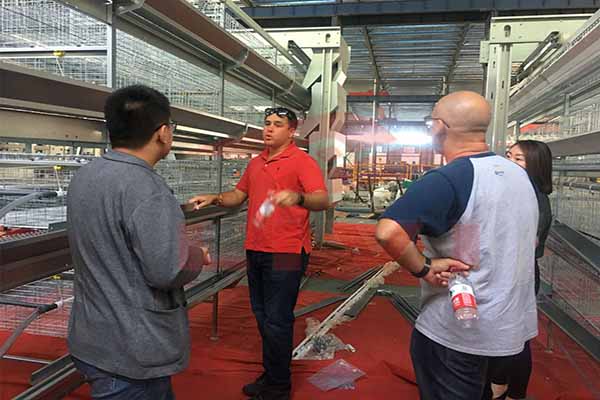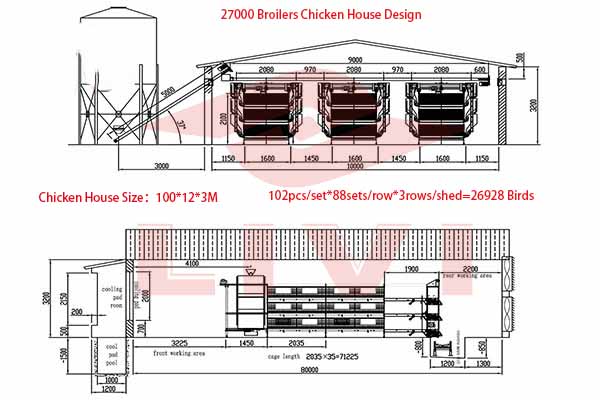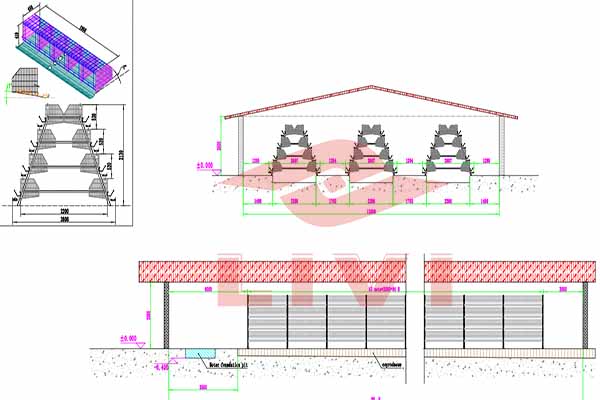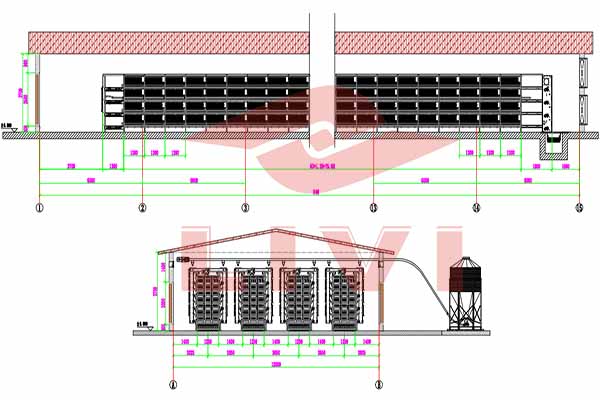What is the Ideal Temperature for Poultry Farming?
Understanding the Optimal Temperature for Poultry Growth
The success of poultry farming largely depends on the environmental conditions provided to the birds. One critical factor is the temperature. Maintaining the ideal temperature for poultry is crucial for their health, growth, and overall productivity. This article explores the ideal temperature for poultry farming and its impact on the industry.
Factors Influencing Poultry Temperature Requirements
Poultry have specific temperature requirements at different life stages. The following factors influence the ideal temperature for poultry:
– Species: Different species have varying temperature needs. For instance, chickens require a higher temperature than turkeys.
– Age: Young chicks need a higher temperature than mature birds.
– Breeding: Breeding birds have different temperature requirements compared to non-breeding birds.
– Environmental Conditions: External factors like weather and ventilation can affect the internal temperature of the poultry house.
Optimal Temperature Ranges
The following table provides a general guideline for the optimal temperature ranges for different stages of poultry life:
| Species/Age | Optimal Temperature Range (°C) |
|————-|———————————-|
| Chicks (0-1 week) | 33-35 |
| Chicks (1-2 weeks) | 30-32 |
| Chicks (2-4 weeks) | 28-30 |
| Chicks (4-8 weeks) | 24-26 |
| Young Birds (8-16 weeks) | 20-22 |
| Adult Birds | 18-20 |
Temperature Control in Poultry Houses
To maintain the ideal temperature for poultry, several measures can be taken:
– Ventilation: Proper ventilation helps in regulating the temperature inside the poultry house.
– Insulation: Insulating the poultry house can prevent heat loss in colder climates.
– Heating and Cooling Systems: Investing in reliable heating and cooling systems is essential for temperature control.
Benefits of Maintaining Ideal Temperature
Maintaining the ideal temperature for poultry offers several benefits:
– Improved Growth Rate: Poultry grow faster when they are kept in a comfortable environment.
– Reduced Mortality: Higher temperatures can lead to increased mortality rates, while lower temperatures can stress the birds.
– Enhanced Egg Production: Optimal temperatures contribute to higher egg production and quality.
Conclusion
The ideal temperature for poultry farming is a crucial factor in ensuring the health, growth, and productivity of the birds. By understanding the specific temperature requirements of different species and age groups, poultry farmers can create an optimal environment for their birds. To learn more about how to achieve this, or to obtain a free poultry farming design plan and equipment quote from LIVI Machinery, please leave a comment below.





